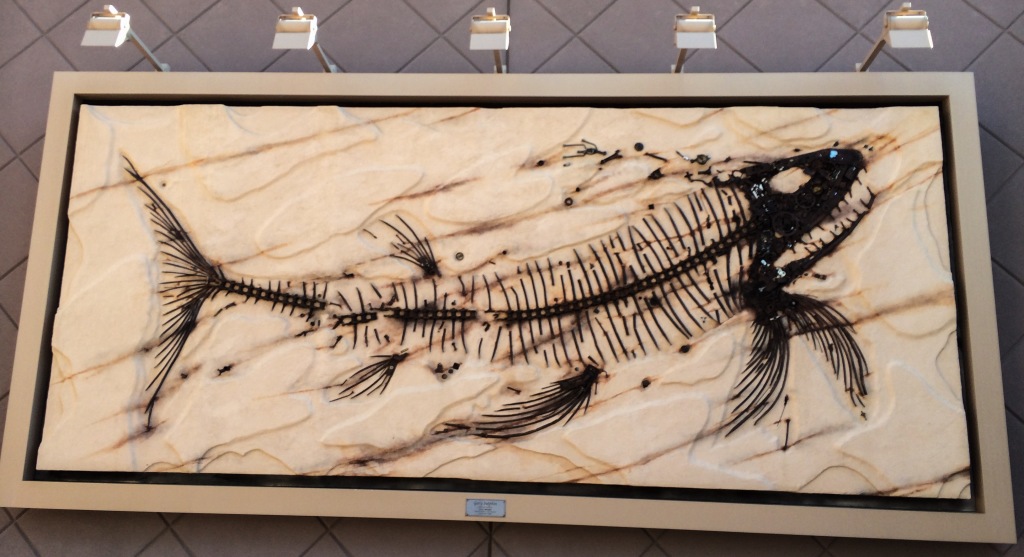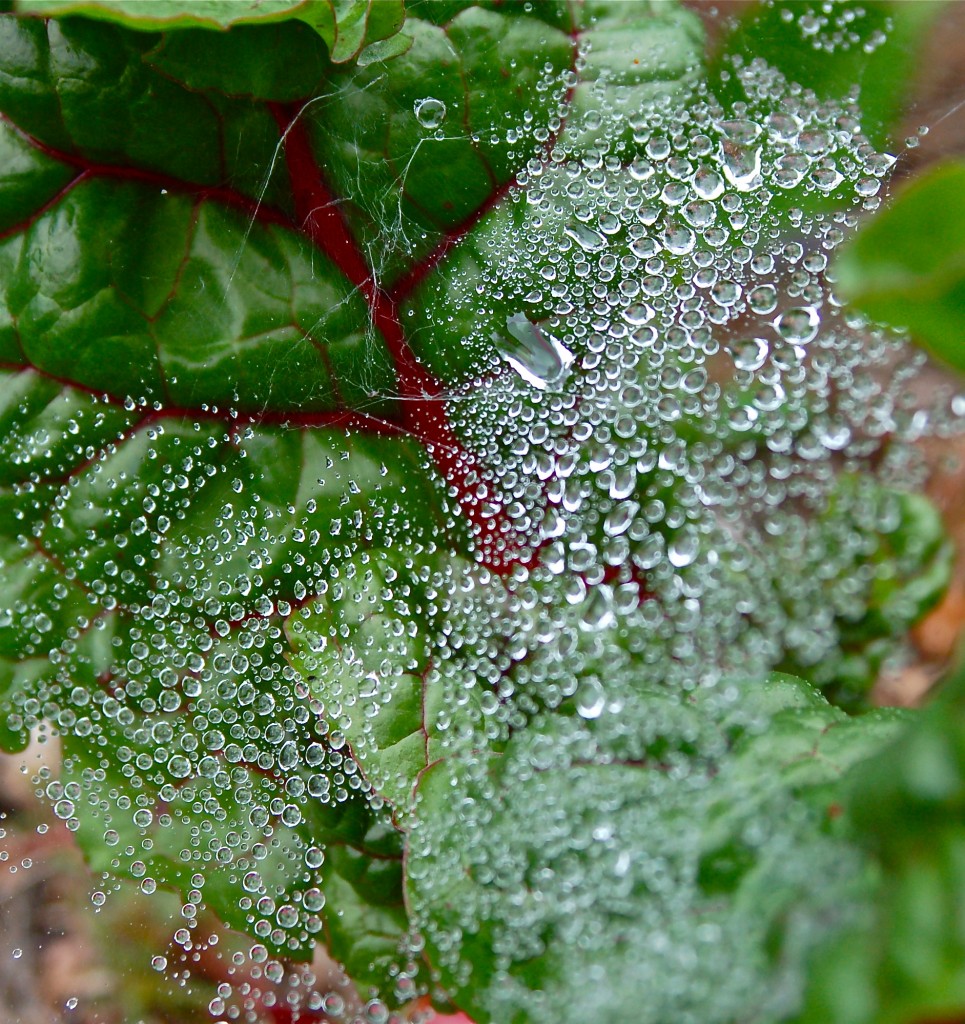 This is part of a series where I examine interesting pieces of environmental art.
This is part of a series where I examine interesting pieces of environmental art.
The image to the right is a photo of an aerosol spray can explosion inside a flammable storage cabinet. The can wasn’t old and there wasn’t any fire or unusual heat or pressure added. It made this cool splash on the door and sides, with the rest of the paint soaking the bottom. I was surprised when I opened the cabinet. I think my reactions were, “What the?” and then, “Cool.” Is this environmental art? It is art at all since it was unintentional? I think the unintentional part makes it better than if it was deliberate. In fact, there seems to be a whole class of unintentional or accidental art. I thought it was interesting enough to take a photo of it. Therefore, I’m calling it art. Continue reading






